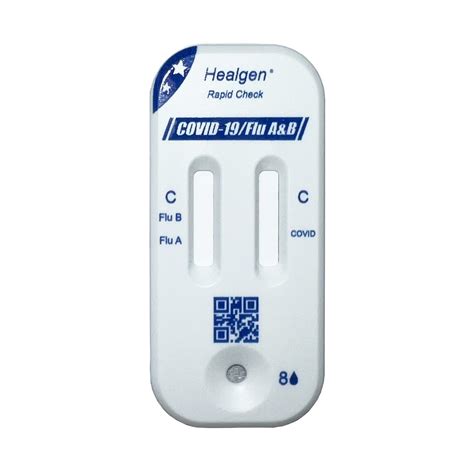The age-old practice of using temperature to heal and soothe the body has been a staple of traditional medicine for centuries. Hot and cold therapy, also known as thermotherapy, involves the application of heat or cold to specific areas of the body to relieve pain, reduce inflammation, and promote healing. This simple yet effective technique has been used to treat a wide range of conditions, from muscle strains and joint pain to menstrual cramps and migraines.
At its core, hot and cold therapy works by manipulating the body’s natural responses to temperature. When heat is applied to an area, it causes the blood vessels to dilate, increasing blood flow and reducing stiffness. This can be especially beneficial for relieving muscle spasms and promoting relaxation. On the other hand, cold therapy causes the blood vessels to constrict, reducing blood flow and inflammation. This can be effective in reducing swelling and numbing pain.
One of the most common applications of hot and cold therapy is in the treatment of muscle and joint pain. Athletes and individuals who engage in strenuous physical activity often use heat or cold packs to relieve soreness and reduce inflammation. Heat therapy, in particular, is effective in increasing flexibility and range of motion, making it an ideal treatment for conditions such as tendonitis and bursitis. Cold therapy, on the other hand, is often used to treat acute injuries, such as sprains and strains, as it helps to reduce swelling and promote healing.
In addition to its physical benefits, hot and cold therapy can also have a profound impact on mental well-being. The application of heat or cold can be a powerful stimulant for the brain, releasing endorphins and promoting feelings of relaxation and calm. This can be especially beneficial for individuals who suffer from anxiety and stress, as it provides a healthy and natural way to manage symptoms.
Despite its many benefits, hot and cold therapy is not without its risks. Improper use of heat or cold can lead to burns, frostbite, or other injuries. It is essential to follow proper guidelines and precautions when using thermotherapy, such as wrapping heat or cold packs in a towel to avoid direct contact with the skin. Additionally, individuals with certain medical conditions, such as diabetes or poor circulation, should consult with a healthcare professional before using hot or cold therapy.
In recent years, there has been a growing interest in the use of alternative forms of hot and cold therapy, such as cryotherapy and thermotherapy machines. These devices use advanced technology to deliver precise temperatures and durations of treatment, allowing for a more targeted and effective approach to thermotherapy. While these machines can be expensive and may not be accessible to everyone, they offer a promising alternative to traditional heat and cold packs.
Using Hot and Cold Therapy Effectively
- Consult with a healthcare professional to determine the best course of treatment for your specific condition.
- Choose the right type of heat or cold pack for your needs, such as a warm bath or a cold compress.
- Follow proper guidelines and precautions to avoid injury or discomfort.
- Start with short durations and gradually increase as needed.
- Listen to your body and adjust treatment accordingly.
In conclusion, hot and cold therapy is a simple yet effective technique that can be used to relieve pain, reduce inflammation, and promote healing. By understanding the principles of thermotherapy and following proper guidelines and precautions, individuals can harness the power of temperature to improve their overall health and well-being.
What is the difference between heat and cold therapy?
+Heat therapy involves the application of heat to increase blood flow and reduce stiffness, while cold therapy involves the application of cold to reduce blood flow and inflammation.
How do I use hot and cold therapy safely?
+Follow proper guidelines and precautions, such as wrapping heat or cold packs in a towel and avoiding direct contact with the skin. Consult with a healthcare professional if you have any concerns.
Can hot and cold therapy be used for chronic pain management?
+Yes, hot and cold therapy can be an effective tool for managing chronic pain. Consult with a healthcare professional to determine the best course of treatment for your specific condition.
As research continues to uncover the benefits and applications of hot and cold therapy, it is clear that this ancient practice remains a valuable tool in the pursuit of health and wellness. Whether used to relieve muscle and joint pain, reduce inflammation, or promote relaxation, thermotherapy offers a natural and effective way to take control of your body and improve your overall quality of life.


